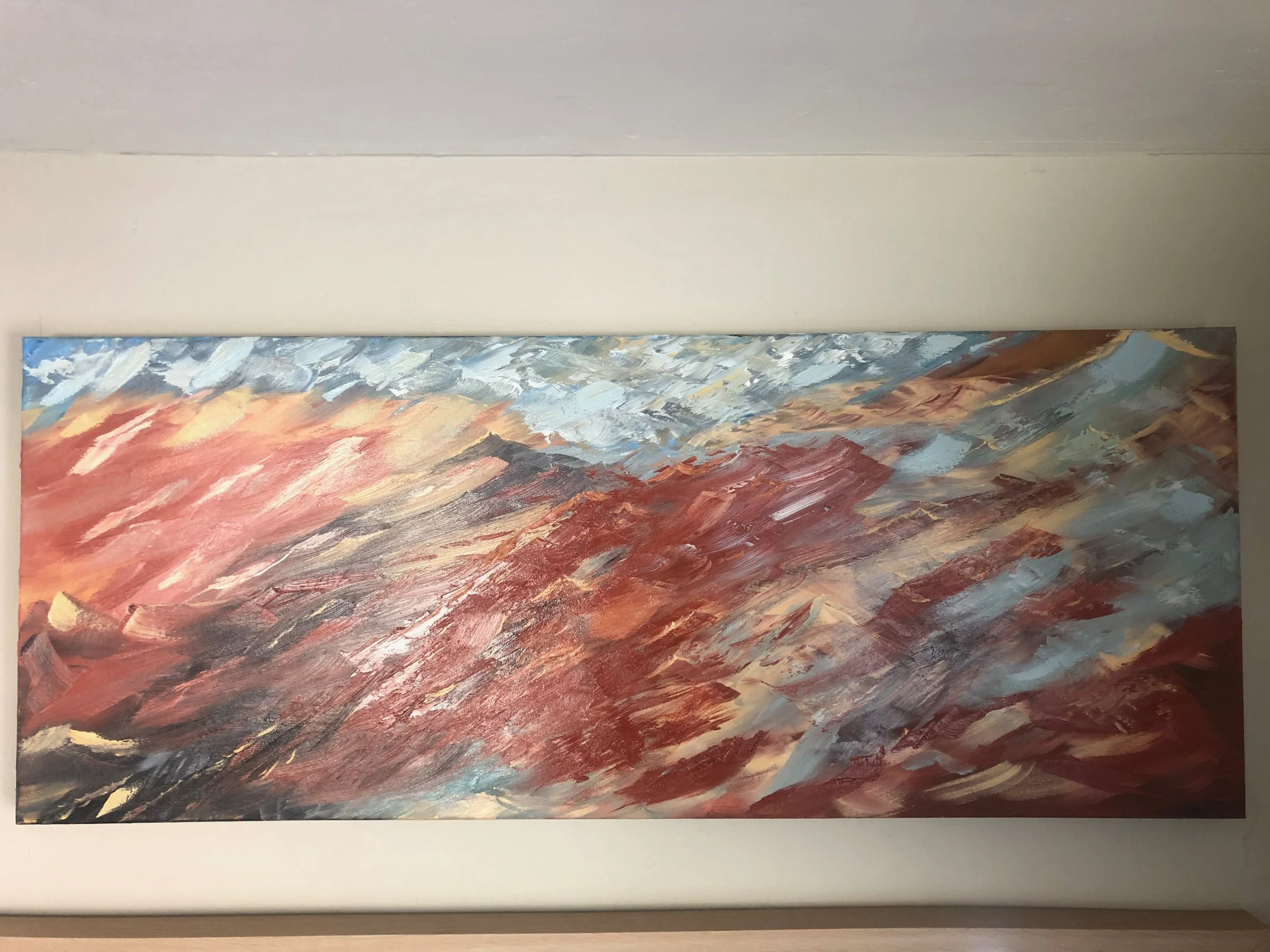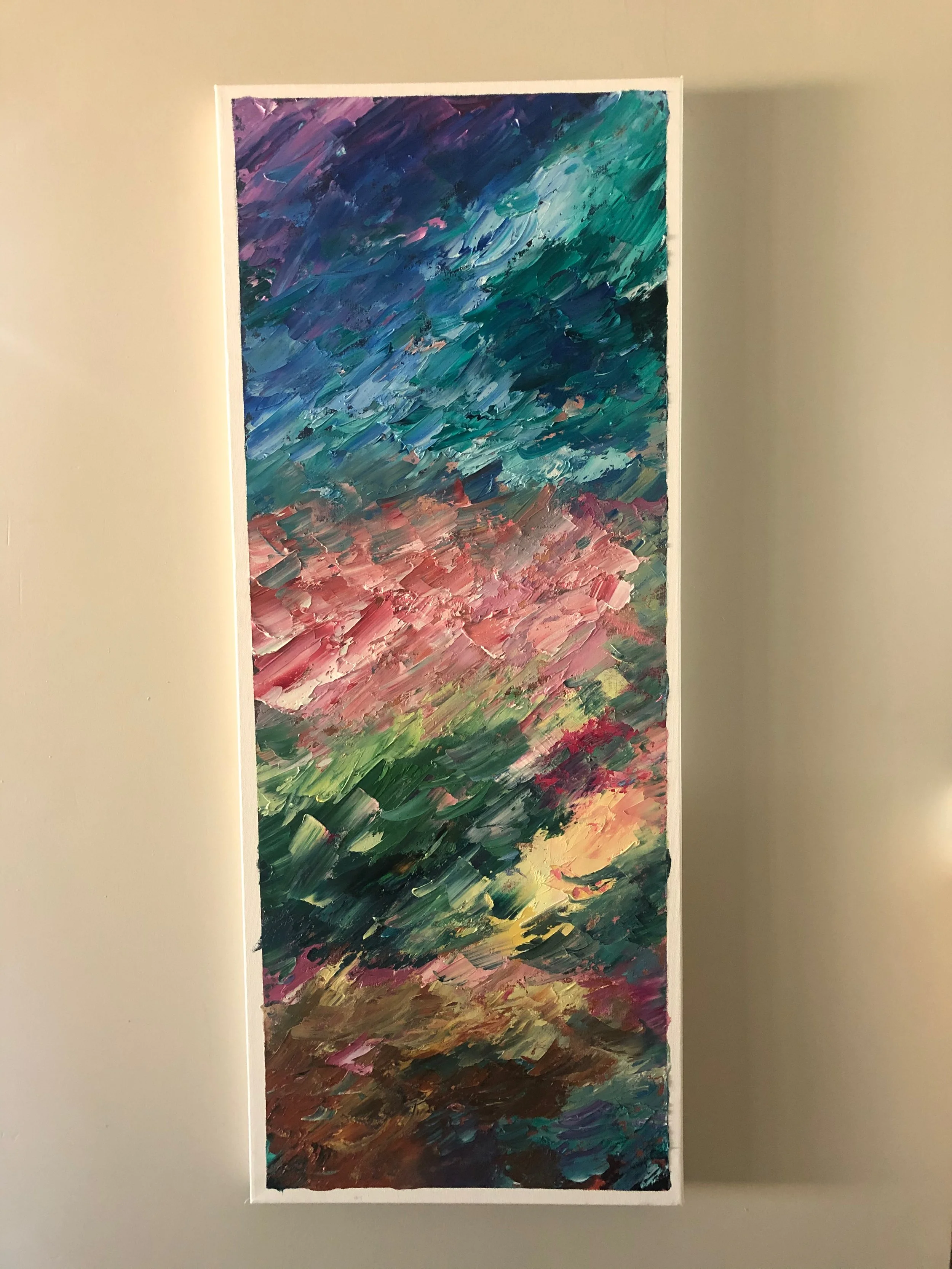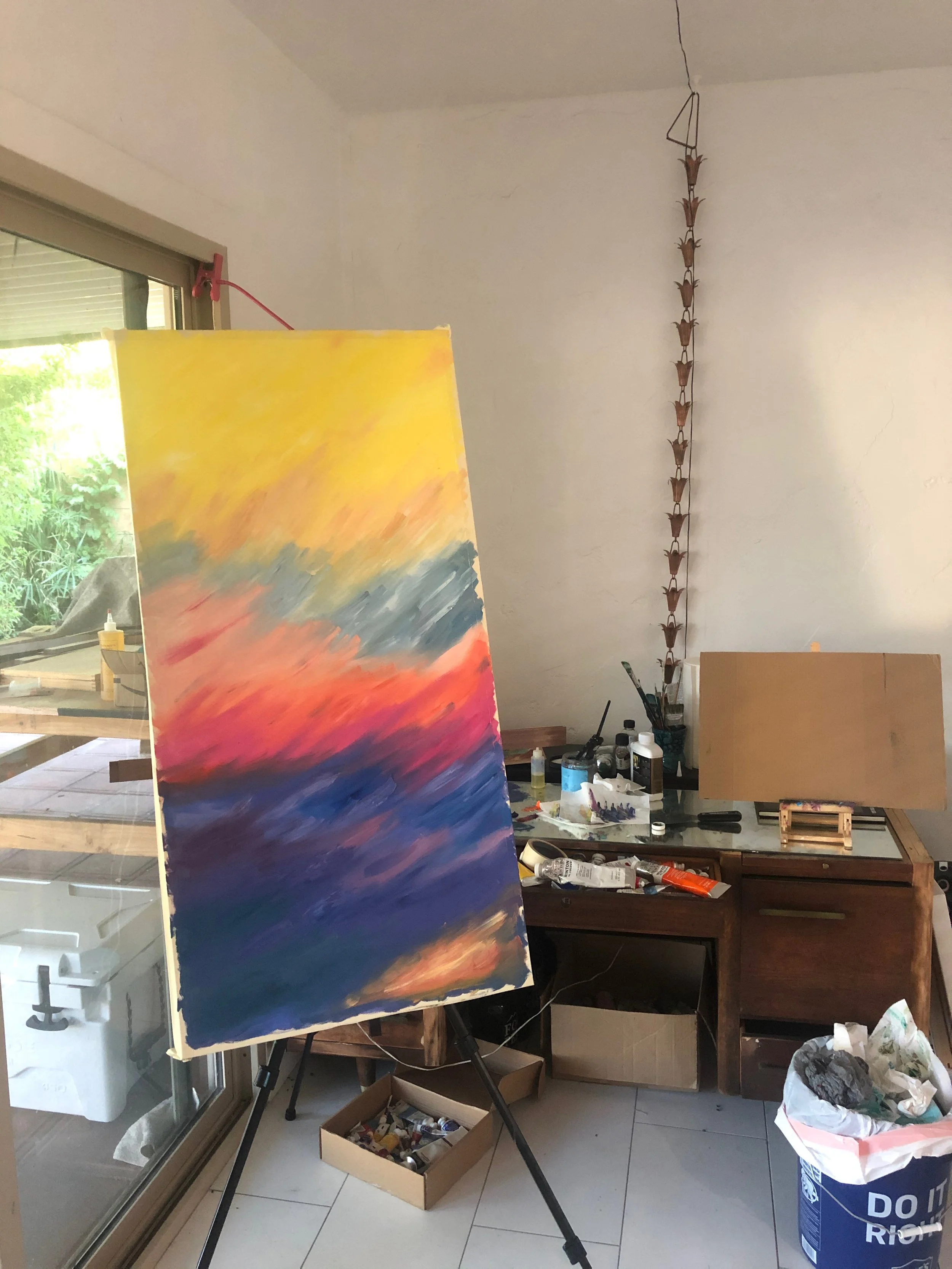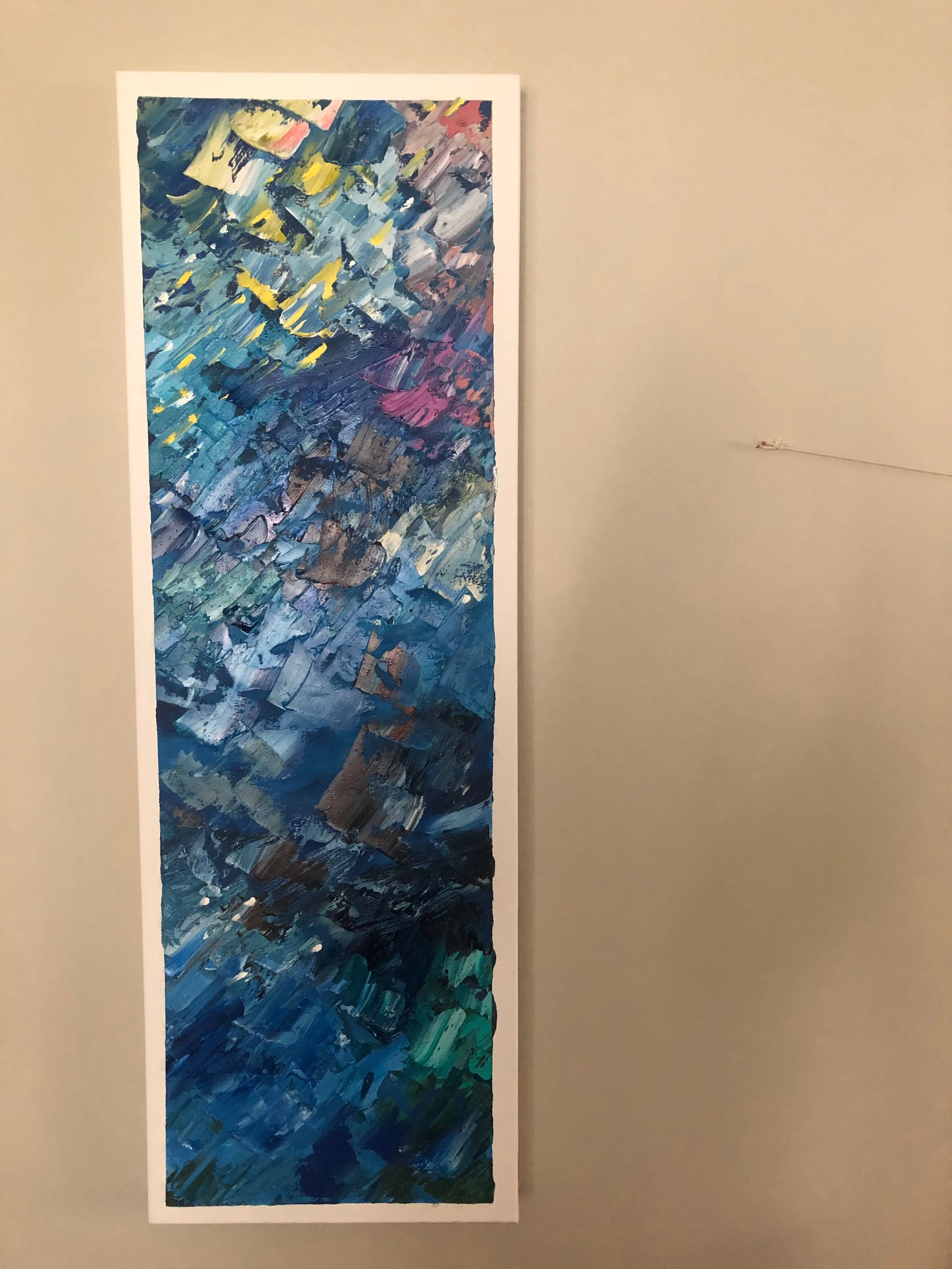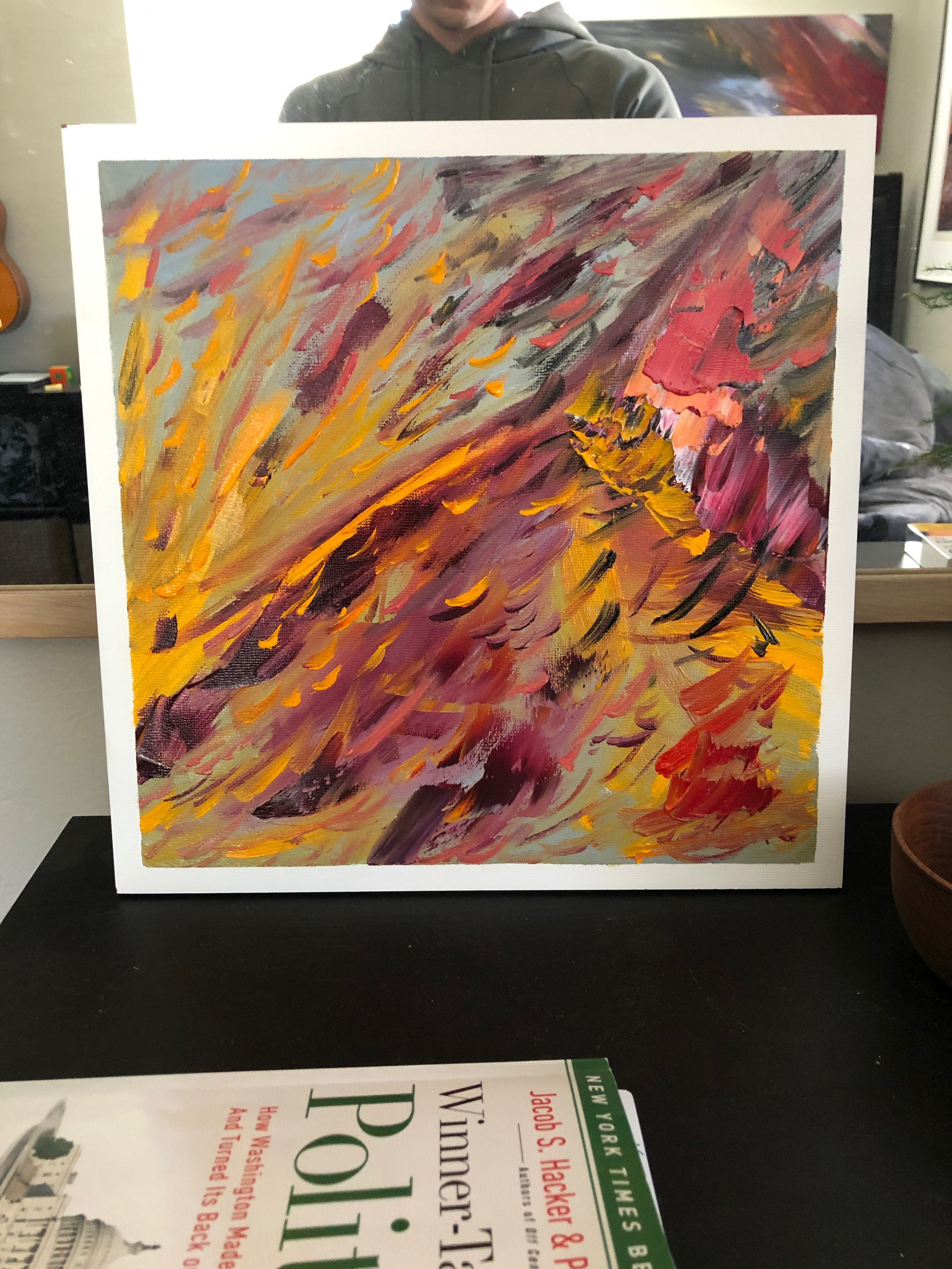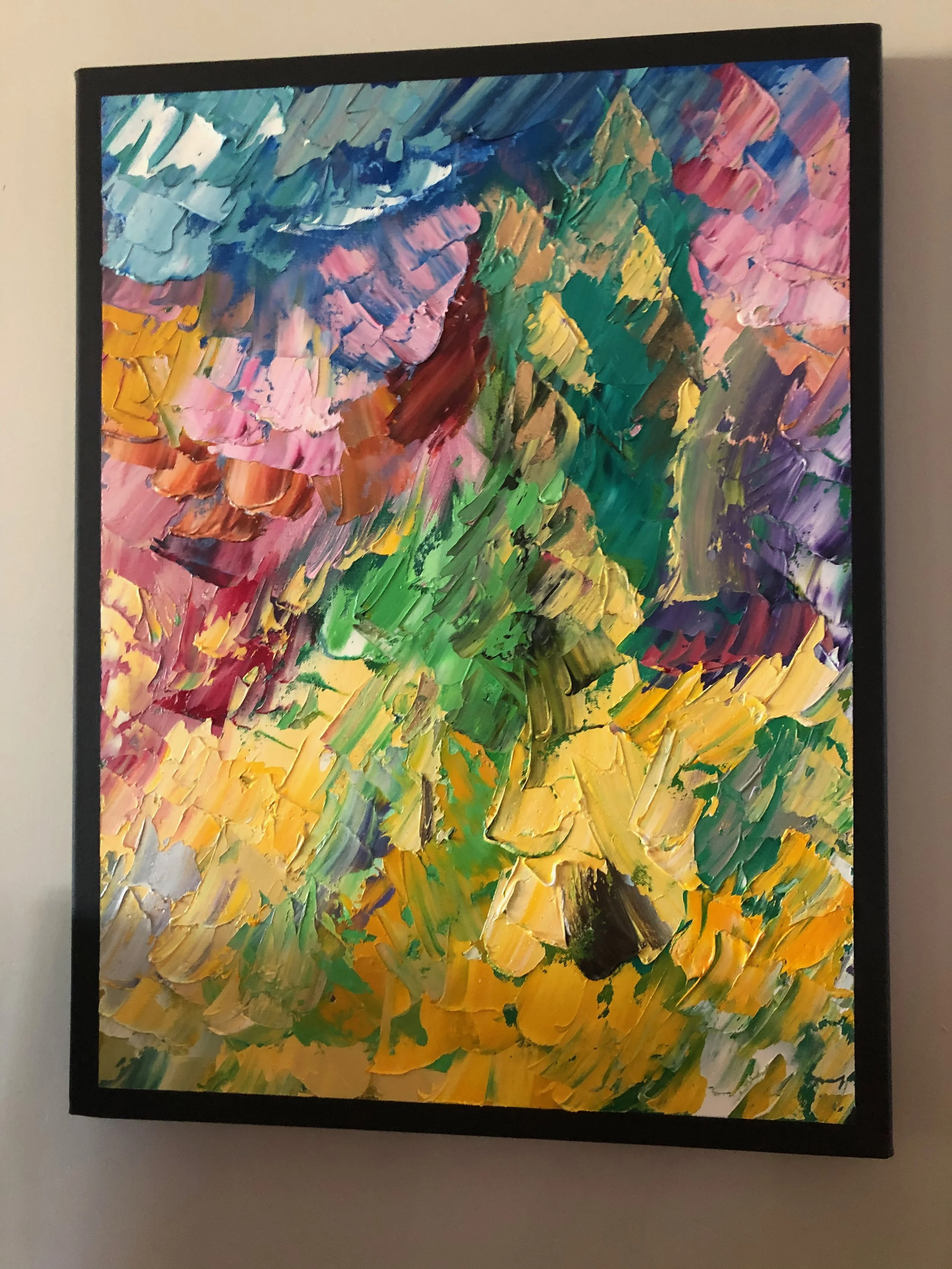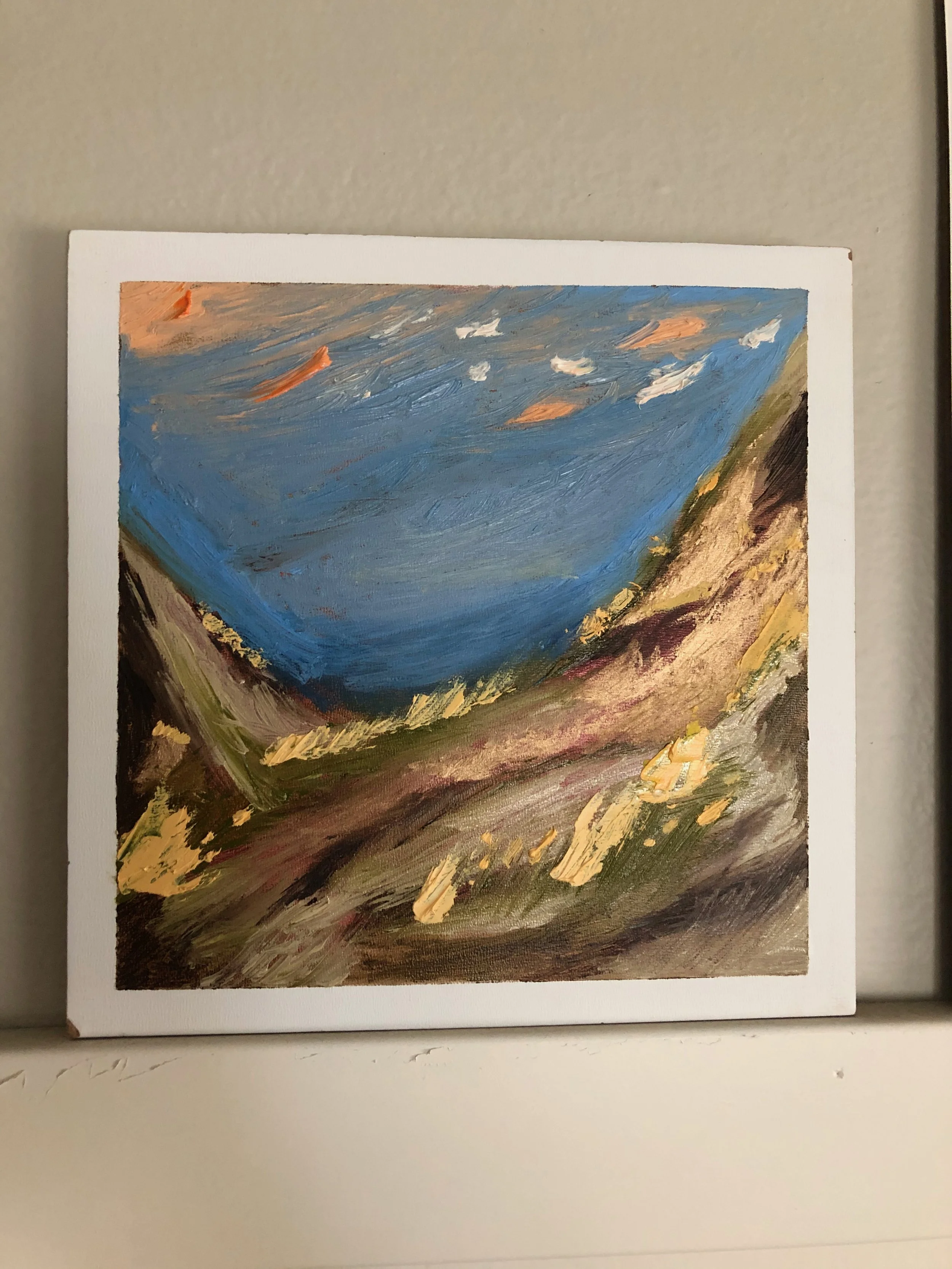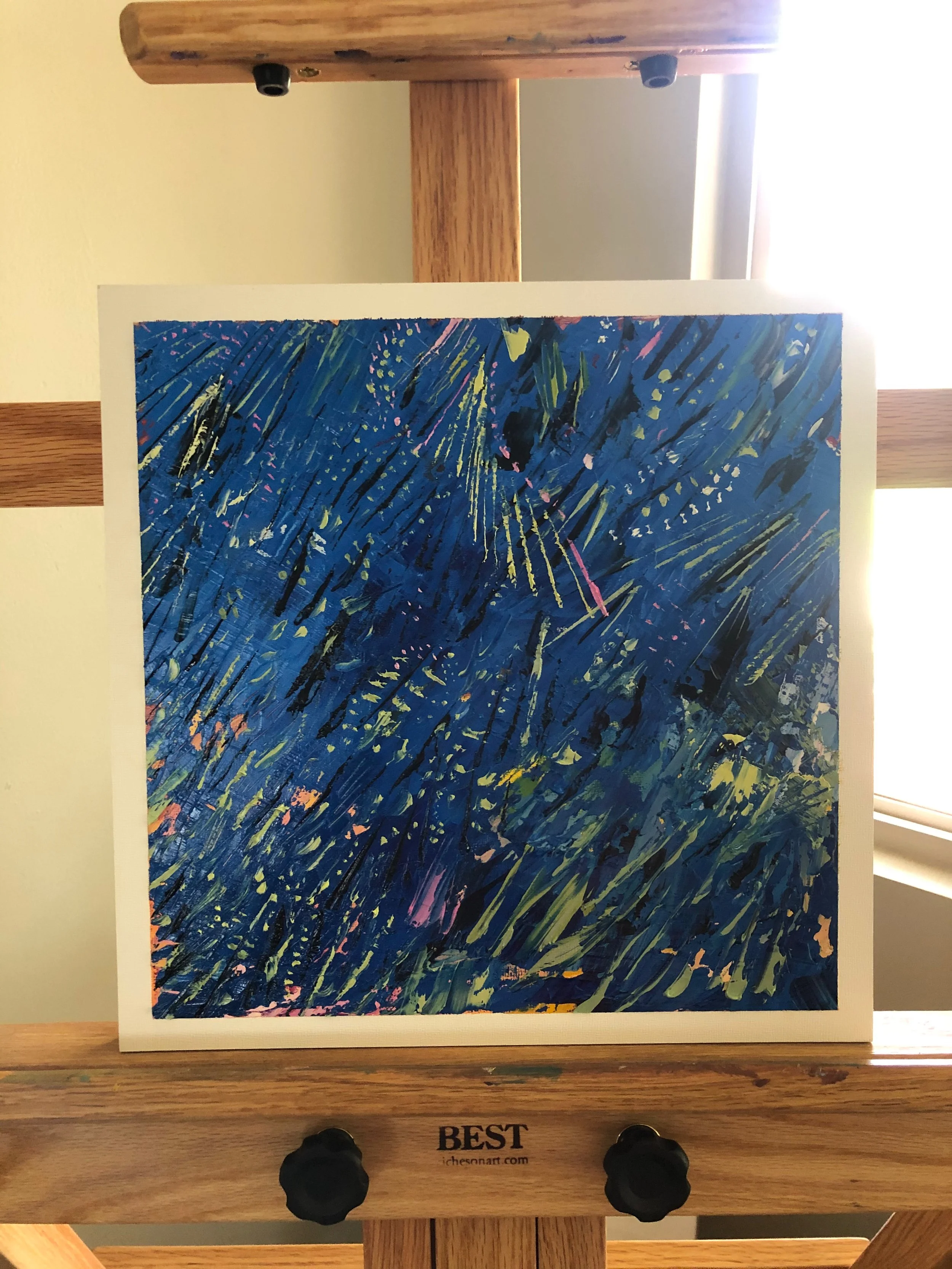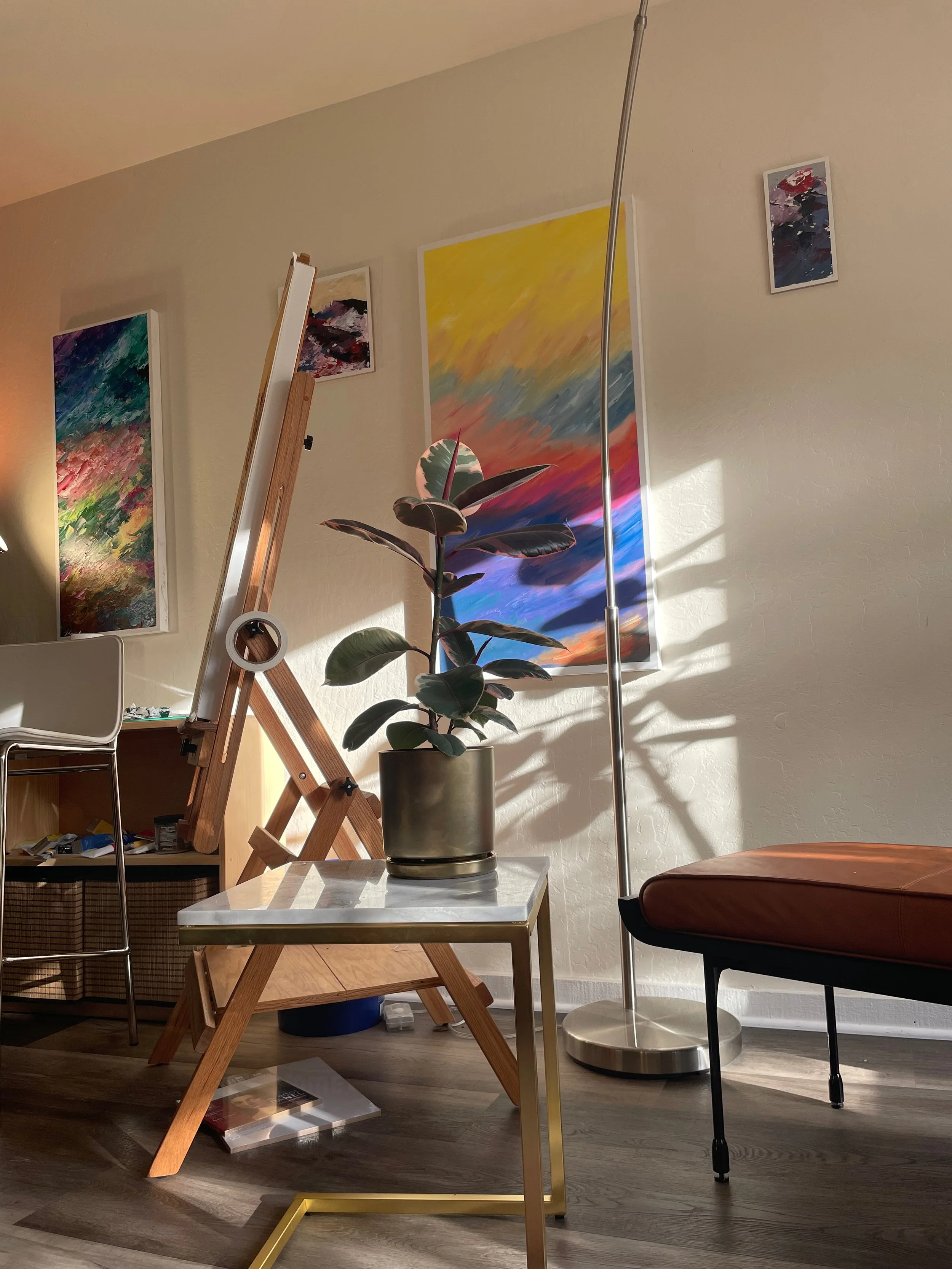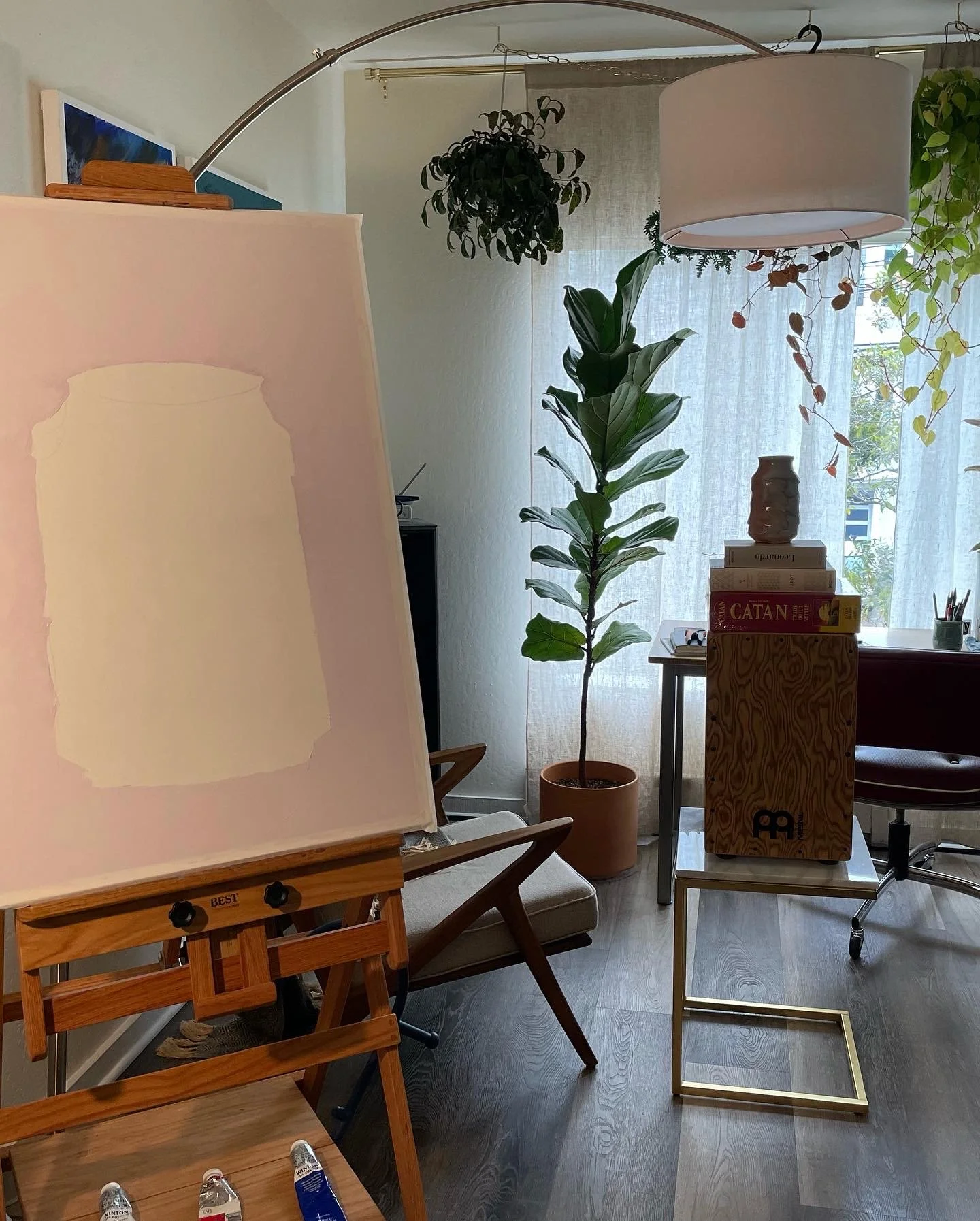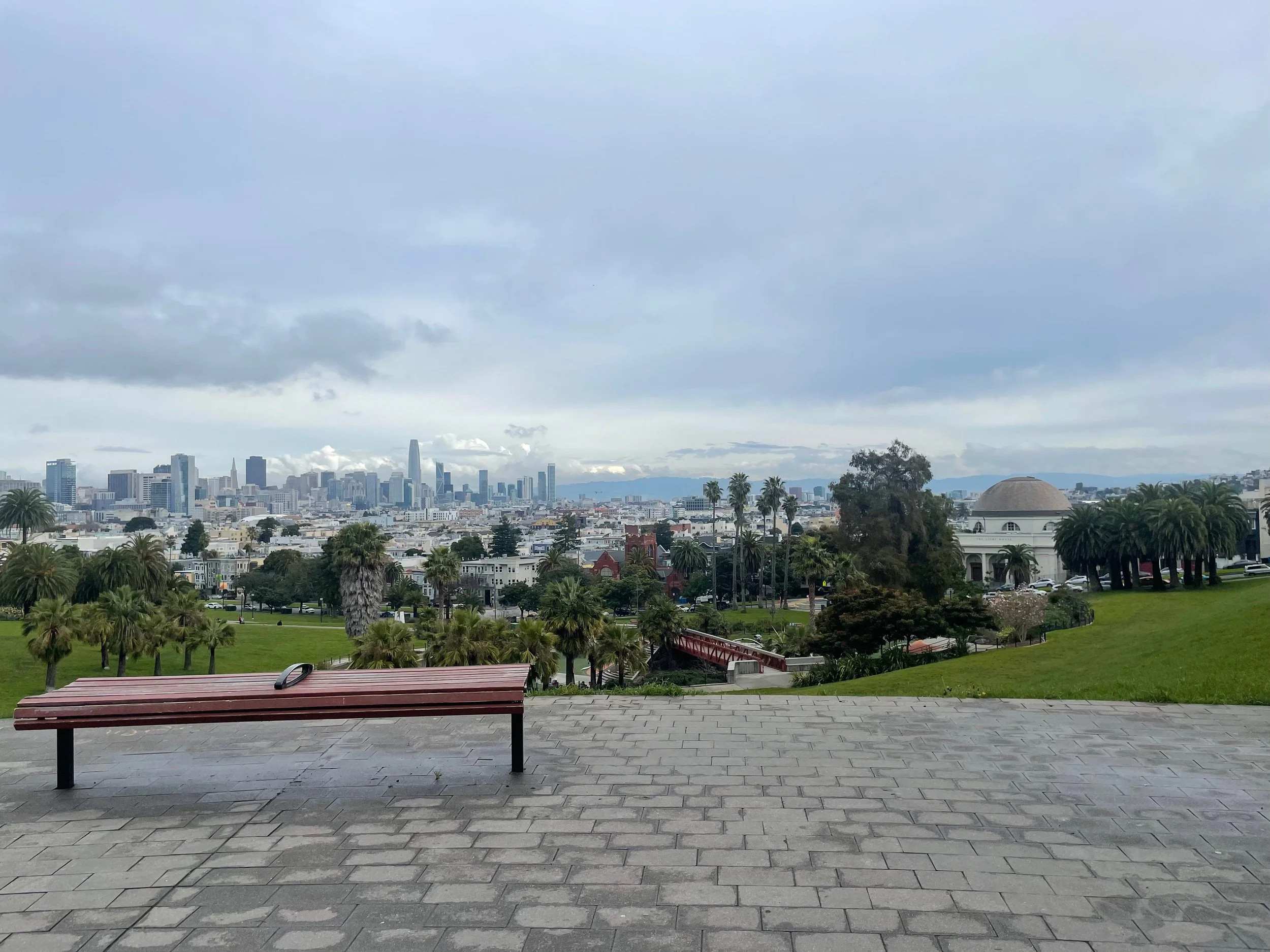Choosing the Artistic Path, Reminders to the Value of the Journey
Hi everyone,
I figured I’d tell the story about how I got into art, how I chose this path and why, and another update as to how things are going. Then I’ll detail some of the challenges that I’m currently going through as an artist, which are mostly about mindset.
My first job out of college was at American Express, and it was the epitome of Corporate America. I sat in a cubicle for 8 hours with a 40 minute commute and didn’t learn a single thing— I didn’t write any code, I just sat in meetings with my team which was in New York. As a budding Real-Life-Adult, I questioned the path that I was endeavoring—is this all there is? Am I destined to let my mind decay as I work for money, settled into a path which I had chosen four years prior? I worked in that role for only three months before pivoting to work in a startup, in which the environment was filled with acute, rather than chronic, stress.
I had read Taleb’s Antifragile, to which I credit most of my worldview. In Antifragile, Taleb talks about the dangers of chronic stress and the benefits of acute stress. His premise of the book is that you have to position yourself correctly to take advantage of stress; organic systems are antifragile, in that they actually benefit from stressors. Markets, your body, your opportunities are all able to leverage acute stress to become better. Small volatility is actually a benefit to the human body—without it, we decay.
The life in a startup is still preferable to sitting in a drab office filled with status-quo professionals who have no skin in the game. I learned exponentially in the two years that I worked at my first startup job; I learned to enjoy the career with which I had put years of my life into learning. Still, I recognized that I wanted something which would afford optionality and flow in my life.
Around this time, I picked up painting. My old roommate Bobby had gifted me his old oil painting setup when he moved to Michigan. I didn’t do anything with the supplies until a few months into working at the startup, because I was growing restless again—despite enjoying my job, I felt that there was still improvement for me to make. I would complete everything that made me feel accomplished for the day; I worked, went to the gym, and finished up errands for the day. Quickly I settled into comfortable routines; I would wind down for the day with videogames or Netflix or going out on the weekends. Recognizing that there was more for me to do to truly relax and to improve my life, I wanted a creative outlet.
I picked up painting because it was not only a way to improve my manual dexterity and my mind, but also because I was bored. I recognized empty distractions as false satisfactions from boredom; we need to be bored, and we need to be clear-headed to create something out of our boredom. I found this an excellent way to wind down, a far better replacement than pointless scrolling or socializing with strangers at a bar! I would slap some paint around haphazardly as I worked to explore my mind and body, and it had no aim. I made pieces which were primarily exercises in “action painting,” pure exploration without a goal. Quickly this became the highlight of my week—I mostly painted on a Friday or Saturday night when I had nothing else going on.
I didn’t improve my art significantly until the pandemic. I was working remotely and I had a vacuum of time to fill. It was much like life before the pandemic, but I had even fewer responsibilities at work and in my social life. Thus, I painted.
I knew deep down that I wanted more from life than a corporate job. I wanted to take a bet on myself, but at this point, I wasn’t sure what opportunities were available to me. I wasn’t making art for anyone other than myself. I went traveling after the pandemic, and I quickly realized that I missed having a permanent setup to paint. I settled back in the United States after accepting a job in San Francisco. Quickly I built back my setup and continued painting. The pieces stacked up and I decided to try to get into some shows and offload some work.
I had moderate success with this, selling pieces each time I went to Pancakes and Booze, which was my first art show that I attended three times. I was always surprised by the positive reception of my work. It still felt like a hobby more than anything.
Quickly I grew to feel that software engineering was a dead-end for me; I didn’t feel that I had exposure to opportunities of which I could adequately take advantage. I didn’t want to code. It wasn’t a bad life, but I knew that I got more flow out of painting and satisfaction from the process. Similarly, I recognized that in painting, I would have to network; I saw this as a way to take advantage of antifragility by putting myself into scenarios in which I would have the option to exercise opportunities which arose. I could always just take another job in engineering, but I never wanted to run my own thing. In contrast to painting, I could see countless possibilities: I could paint a piece for a specific part of someone’s house, I could connect patrons to other artists in my community. I could host shows of work in cafes. I could buy and sell artwork which aligned with my personal tastes and recognition of quality.
“Bro, you’re looking like an art dealer,” Jared said to me in Phoenix. Sam and Jacob agreed. Suddenly, all of these ideas clicked into a comprehensive vision. I still attested that I didn’t want to paint full-time. I didn’t want to ruin my passion for the pursuit of money, but I realized that I had countless skills which would compound if only I acknowledged them. I felt like I had a component of a vision for the future on which I could cling; I saw myself driving around town, schlepping paintings to homes in the Bay. I saw myself hosting events and trying to connect with my community.
Building a vision is important. I had no idea, not specific nor broad, in which to articulate a vision over software. I combined this sudden prospective vision with these ideas that I’ve read about over the years regarding owning your own pipelines (from production to sales) and the power of compound growth. They finally clicked and it gave me a purpose. I made a game plan: I would continue to save money so that I could make an informed jump, a bet on myself. I recognized that this path wouldn’t be easy, and it would take a long time to manifest. After all, I was shifting into a career where my only knowledge rested on producing paintings and having a market that liked my work. That’s all I needed.
I held an event in San Francisco called “Flex and Paint.” People kept asking in advance, what is this? I chose not to answer, since it was so arbitrary and vague. Was it a group workout? Was it a gallery? Was it a painting class?
I posted up all of my writing next to a collection of my work in a coworking space. I had Jared serve La Croix out of his ceramics. I slapped paint around live while lifting kettlebells shirtless as I discussed my artistic process. Nobody knew what to expect, but we all had a great time.
I had been exploring the intersection of art and fitness for many years. I painted in my San Francisco apartment with the window open as to not breathe excessive fumes, and I needed a way to warm up. There was no sense in running the heat with the window open, so I’d lift kettlebells. I found that my art was actually improved when I stayed in a state of sensory perception, devoid of thoughts. I enter a trancelike state when I lift weights, and I’m enveloped in the same trance when I’m painting. La Croix would fizz off in the background and break me from this captivation from time to time, but I maintained in a flow state when combining the two. I wanted to expand on this with Flex and Paint.
Thus began the concept of sharing this value on social media. It fit into the comprehensive vision that I had about compound growth; I wagered that people would connect with these activities and get much value out of their intersection. I had also read articles by Dan Koe about offering your value on social media and seeing if it’s something that people resonate with, and how eventually one would benefit from sharing and creating a following.
As an aside, I considered the preface for Information Doesn’t Want to Be Free. The author describes her life as a street performer. She said that despite daily fluctuations, one could anticipate a reliable income by the end of the week. She attested that people on average want to see someone pursue their passion, and they want to compensate them for it. She could almost guarantee the power of generosity, so long as you’re willing to put yourself out there.
I catalogued the two as essential components of my worldview, both of which contributed to my plan.
I continued to save money and expand my artistic repertoire. I tried my hand at buying and selling some art, and I had connected an artist with a venue. I kept going to shows and hosting events. Still, I was constrained by my role in software—I couldn’t detach from it fully, and it added to the chronic stress which I knew was deadly to my mission.
I remember standing at the top of 21st and Church, overlooking the San Francisco skyline as the fog rolled over me. The evening rose-gold glow of streetlights filled the air and I shuddered a chill, feeling content over the life which I had crafted thus far. It’s a good life, but it’s not the life I choose, I remember thinking. I was content and satisfied, but I knew there was more for me, a different direction which was aligned with my internal compass. I projected myself into the future, wondering what my mind and body would look like as I stacked my chips behind software engineering compared to the life as an artist.
I left the Bay because the desert was calling; I went back home because it felt like the right place to continue my journey. I left my job about a year ago to make art, sell paintings, and share my knowledge about the artistic process and fitness. I started posting more consistently on social media and started to accumulate more knowledge and pick up some sales. I wasn’t sure that I was ready, but I knew that I had to just start.
The most difficult challenge so far is maintaining patience and eliminating things which detract from my momentum. I always try to consider what paths afford me the highest leverage and optionality, much like Taleb discusses in Antifragile. I’ve been wondering about this lately as my income has remained relatively constant. Do I lean into markets, which are the traditional path for artists? Or am I better served by leaning harder into social media and connecting with my community via the internet? I think the answer lies in both, but I don’t want to spread myself too thin.
I’ve had the trials and tribulations of attempting to chase virality over authenticity, and I see this as folly—my ego gets in the way at times, as I consider that I have much to learn. Similarly, my main goal is to provide value and maintain in artistic flow. I don’t see the sense in chasing vanity metrics; my time is better served helping people with their minds, bodies, and environments.
This recognition of ego applies to my painting as well—it’s always worthwhile to push yourself and see how you can grow. I know that my art has gotten better as I challenge my limits. I think there’s no sense in considering yourself “good enough” that you stop learning, and it’s always worthwhile to acknowledge your past growth and be content with your situation.
I always try to remember, “honor where you are in the process.” I sometimes catch myself in a state of angst as my external circumstances don’t yet reflect my vision. Just like the yogi who can’t touch his toes today, but just might tomorrow, I must consider myself lucky to be able to practice. I’m not fully independent off of my art just yet, but I’m so thankful for the time that I have to be able to paint and grow. The blooming is just as beautiful as the bloomed.
I recognize that I chose this path, knowing that things take time and patience. I am fortunate to have the ability to choose; I know that I need to give my endeavors time to compound—I made that acknowledgement when I pivoted from a stable career of linear growth to one which may expose me to compound growth. The whole premise is that growth is slow until it isn’t. I see the analogue in painting and fitness; you put in repetitions and it’s silly to expect results right away. Maintaining patience and staying in the moment is key; I am lucky to create, and I do my best to stay in a state of my senses, without thoughts, with La Croix fizzing in the background and a paintbrush in hand.
